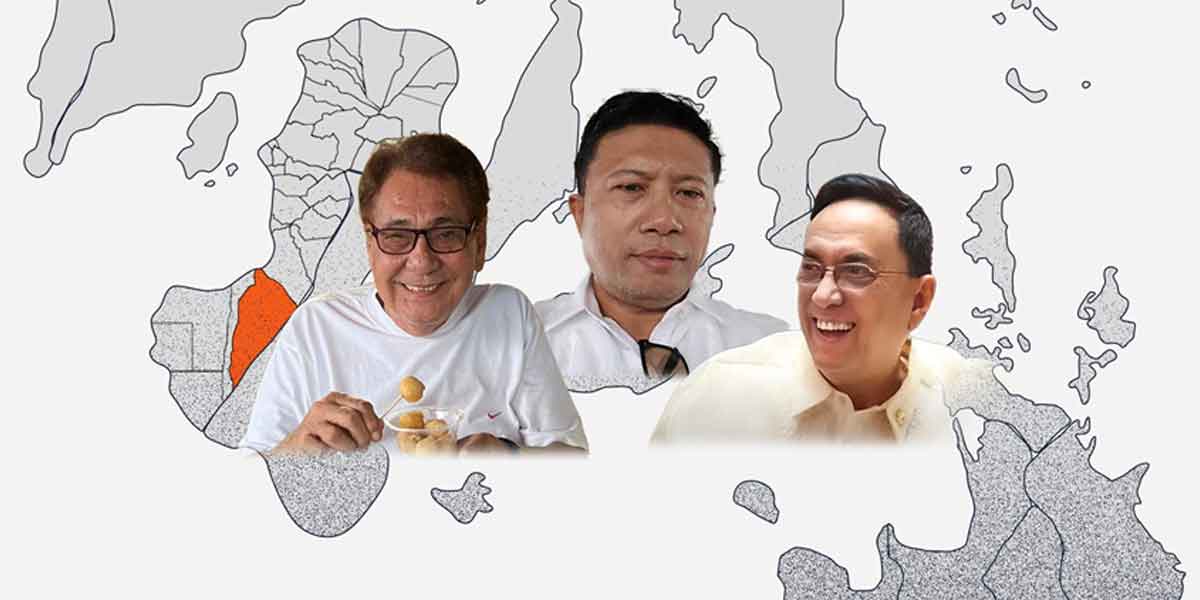By Jaime Aristotle B. Alip, PhD
Taal, one of the country’s most active volcanoes located just 45 miles of heavily-populated Manila, is on Alert Level 3. The Philippine Institute of Volcanology and Seismology (Phivolcs) raised Taal’s alert level on July 1, after a phreatomagmatic eruption which spewed ash and other materials up to one kilometer into the air. Alert Level 3 means there is magmatic unrest, which could drive an explosive eruption. Phivolcs advised the evacuation of barangays in the nearby towns of Agoncillo and Laurel in Batangas.
Just last year, Taal’s eruption caused an ashfall that reached as far as Metro Manila and Central Luzon. It erupted on January 12, 2020, displacing more than 400,000 people. Thirty-nine persons died. The eruption disrupted airport operations and caused more than ₱3 billion worth of damages to crops. Several industries were also paralyzed.
The threat of another Taal eruption looms as the country grapples with the coronavirus (COVID-19) pandemic, adding another layer of gloom to an already overburdened populace. We should be better prepared this time. National government agencies need to work with local government units (LGUs) to ensure that response measures are in place. More importantly, local communities need to be involved, as they are at the front lines. Enabling local communities to prepare for disaster would mitigate damage and prevent loss of life.
RESTIVE TAAL
Taal Volcano in Batangas is a large caldera formed by prehistoric eruptions and filled by Taal Lake. It has had several violent eruptions in the past; thus, Volcano Island, where Taal is situated, is listed as a “Permanent Danger Zone.” Prior to January 2020, Taal’s last recorded eruption was 43 years ago, in 1977.
Taal’s recent restiveness was first reported in February 2021. Alert Level 1 was declared and the residents of Volcano Island were preemptively evacuated. On March 9, as Taal’s activity increased, Phivolcs raised the alert level to number 2. Taal began emitting sulfur dioxide in June, causing volcanic smog to reach as far as Central Luzon. On July 1, a phreatomagmatic eruption, or an eruption that involved both magma and water, occurred. Phivolcs then raised Taal’s alert level to 3. On July 15, the Taal Volcano Bulletin reported 17 volcanic earthquakes, including 16 tremor events that lasted from 1-36 minutes. Taal Volcano emitted 3,755 tons of sulfur dioxide, with steam-rich plumes reaching as high as 1,800 meters from the main crater.
DISASTER PREPAREDNESS IS KEY
Interior Secretary Eduardo Año reported in last week’s briefing with President Rodrigo Duterte that government agencies are coordinating with LGUs as Taal Volcano continues to pose an active threat. He said safety protocols are being maintained in evacuation centers to avoid COVID-19 infections.
Town and city governments around Taal Volcano had already started preparations in coordination with the CALABARZON Regional Disaster Risk Reduction and Management Council. The Department of Social Welfare and Development (DSWD), in its July 14 DROMIC Report, stated that Taal’s unrest has displaced 4,798 families or 17,013 persons in 120 barangays. Thirteen municipalities of Batangas are affected, and there are 1,065 families or 3,718 persons currently taking temporary shelter in 24 evacuation centers.
More than ₱5 million worth of assistance, both from government and non-government organizations (NGOs), had been provided to affected families. DSWD has dispatched Quick Response Funds (QRF) for relief operations and resource augmentation to LGUs. Food and supplies had been prepositioned, and systems put in place to ensure safety and security measures, as well as health protocols, during disaster relief operations. Phivolcs continues to monitor Taal, providing daily updates to the public.
COMMUNITY INVOLVEMENT IS CRUCIAL
While the government is already undertaking disaster risk mitigation measures, the role that stakeholders play cannot be overstated at this point. According to the United Nations International Strategy for Disaster Reduction (UN/ISDR), the key parties that play major roles in disaster management include: communities, local governments, national governments, regional institutions, NGOs, MFIs, corporations, media, and scientific communities. Of all these, communities, particularly the most vulnerable, are the most vital. This is because the input of communities in planning disaster response, and their ability to respond, ultimately determine the extent of risk associated with natural hazards.
Government and the private sector have worked in mobilizing resources for immediate response when Taal erupted in January 2020. This is also true for local communities and the Center for Agriculture and Rural Development Mutually-Reinforcing Institutions (CARD MRI), whose members in Batangas, Cavite and Laguna were affected by Taal. CARD MRI is a group of social development organizations that provide microfinance, microinsurance and related services to the poor, and true to its mission, it was among the first to mobilize resources to aid those affected by Taal’s eruption.
With members composed of socially- and economically-disadvantaged individuals, CARD has set up its own system of monitoring disaster in communities where it operates. It also gives emergency relief to members in times of disaster. When Taal erupted last year, 16,851 CARD MRI Disaster Relief Assistance Program (CDRAP) packs, amounting to more than ₱4.12 million, were distributed to affected communities. The packs contained emergency provisions such as food, medicines, face masks and hygiene kits.
CARD also spearheaded a donation drive, designating its Head Office in San Pablo City, Laguna, and CARD SME Bank branches in Sto. Tomas, Tanauan, and Lipa, Batangas as drop-off stations. The donation drive yielded 5,100 bottles of drinking water, 15 boxes of clothes, and about ₱50,000 cash donations. The Aboitiz Group also donated boxes of bottled water to aid CARD, which partnered with LGUs to distribute relief packs in evacuation centers. When Taal’s restiveness ceased, CARD helped its members recover from their losses through microfinance and microinsurance, as well as marketing support for their microenterprises.
NOT PASSIVE VICTIMS
Government disaster reporting systems treat affected communities as passive recipients of aid, with DROMIC reports focused on the number of affected, amount and forms of humanitarian assistance, standby funds and prepositioned relief goods. But that is not CARD’s experience. Their members from affected communities played active roles in disaster response: from helping report and monitor developments in their respective areas, to facilitating the distribution of information and relief goods, to coordinating with CARD staff on the ground. CARD learned that communities help each other in times of calamity, and with proper support, they can be effective partners in disaster mitigation efforts.
Community members play a vital role in reducing the impact of disaster. They are the most vulnerable, and experience the greatest impacts of natural calamities. Yet they are not passive victims, as shown by CARD members when Taal erupted in 2020. They have established coping mechanisms, including self-help, temporary migration to neighboring towns, livelihood diversification, sale or mortgage of assets, availment of loans, working with LGUs, and community-based organizations like CARD.
Microfinance and microinsurance also help provide social security to poor people living in disaster-prone areas. Last year, I was surprised to see members transacting at CARD branches even at the height of Taal’s unrest. They were accessing savings they have put aside for emergencies. Others were availing of loans, or making claims on their microinsurance. It was gratifying to hear them acknowledge that credit discipline and disaster preparedness are lessons they have learned from their membership in CARD. These became part of their coping mechanism at that tumultuous time. After Taal’s eruption, they were able to recover quickly because they had access to microfinance and microinsurance, as well as microenterprise development services. They also got more help because CARD served as intermediary among communities, government agencies, and private donors.
Households and communities are at the front lines of any disaster that could ensue with Taal’s continuing activity. Communities — with knowledge of the local geology, the hazard context, and the livelihoods options available — must be involved in disaster management programs from the start, and supported by projects to develop the capacities and linkages that will help them overcome. Likewise, providing them with much-needed financial services, like microfinance and microinsurance, goes a long way towards enabling them to recover. Local communities are key partners to an effective disaster management process. We should treat them as such. Another Taal eruption looms, and so, we should begin this community-centered approach now.
Dr. Jaime Aristotle B. Alip is a poverty eradication advocate, with more than 30 years of experience in microfinance and social enterprise development. He is the founder of the Center for Agriculture and Rural Development Mutually-Reinforcing Institutions (CARD MRI), a group of 23 organizations that provide microfinance, microinsurance and social development services to 7.4 million economically-disadvantaged Filipinos nationwide. CARD’s innovative financial and enterprise development services targeting the poor has won many accolades, including the Ramon Magsaysay Award for Public Service in 2008, and for Dr. Alip, the prestigious Ramon V. del Rosario Award for Nation Building in 2019. Dr. Alip is an alumnus of the Harvard Business School, the Southeast Asia Interdisciplinary Development Institute and the University of the Philippines.
























